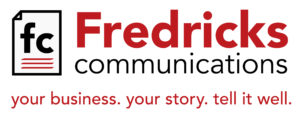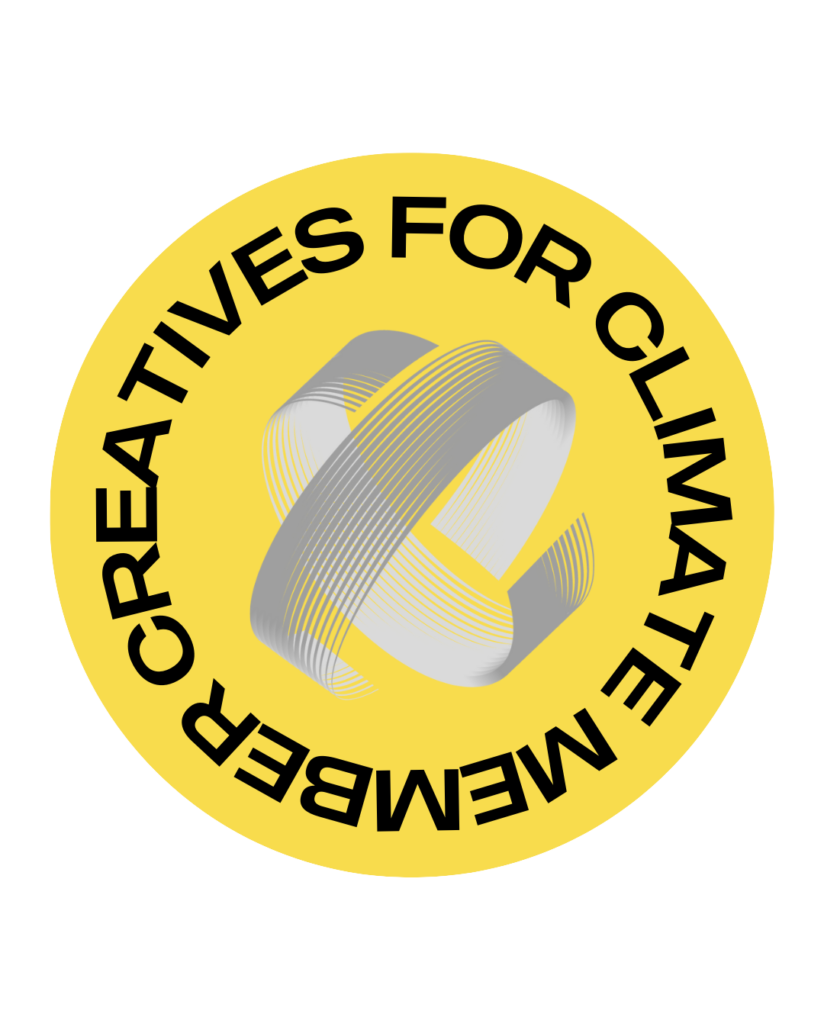The Red Letter – What’s in the Name?
The name for The Red Letter grew from the hair on my head to the copywriting, strategic messaging and brand consulting services I provide. In other words, it combines a number of Fredricks Communications brand and personal-identity ideas.
The first is as plain as the red hair on my head. I come by it honestly. My grandfather, the late Martin C. Fredricks Jr., was a district court judge in Jamestown. He also was a redhead, and for as far back as I can remember, everyone called him “Red” instead of Martin. As his namesake and a fellow redhead, it was an honor to also take on his nickname and put it to good use in terms of marketing my company.
 So, whenever someone reads The Red Letter, they are literally reading a letter from “Red.”
So, whenever someone reads The Red Letter, they are literally reading a letter from “Red.”
Second, when I started FredComm in February 2004, I knew I would offer several interrelated communication services, but that my primary offerings would match my strengths: writing and editing. The colors of writing and editing are white (paper), black (ink) and red (editor’s ink), so I selected those as my brand colors. In addition, you’ll notice that my logo contains an editor’s mark in the page icon– the three lines under the lowercase “fc” indicating that they should be capitalized.
Before I left my day job for the freelance world, I noted what some established freelancers were doing. One, in particular, caught my eye. She published a simple, one-page newsletter that reported news about her business when there was any. Mostly, though, she filled it with simple communication tips and ideas.
I also noticed that, without fail, one of the account managers in the advertising agency I worked in at the time copied and distributed that little one-page tome to everyone in the office every time it arrived on the fax machine. I thought it was a great way to stay in touch with clients, prospects and others, especially if you could make the newsletter funny, informative, a little quirky…basically quick and fun to read. So, I launched my own newsletter within a month of starting my own business.
The Red Letter has evolved with the times so that, now, rather than being a printable PDF sent by email, it’s become a blog for anyone to see any time.
Now, as for the name, The Red Letter –
You might be familiar with the term “red-letter day.” Historically, calendars denoted holidays or special days with red ink while regular days were in black. Those days came to be known as “red-letter” days. Over the years, the definition evolved into regular use to describe a really good or great day in a person’s or organization’s life, a day in which something happened that was a cause for celebration.
Today, any day in which something really positive happens can be a “red-letter day.” I have tried to extend that literally and metaphorically; a day someone receives The Red Letter in his or her in-box is a red-letter day. Stretching it even a little further still, my hope was to achieve a more substantial message: a day working with FredComm is a good day, a red-letter day.
Tying the whole thing together with a great nickname which has a literal meaning (my red hair) that helps people identify with and remember me on sight – that’s just the icing on top, so to speak.
There, more than you ever wanted to know. Hope you have a Red Letter day!




